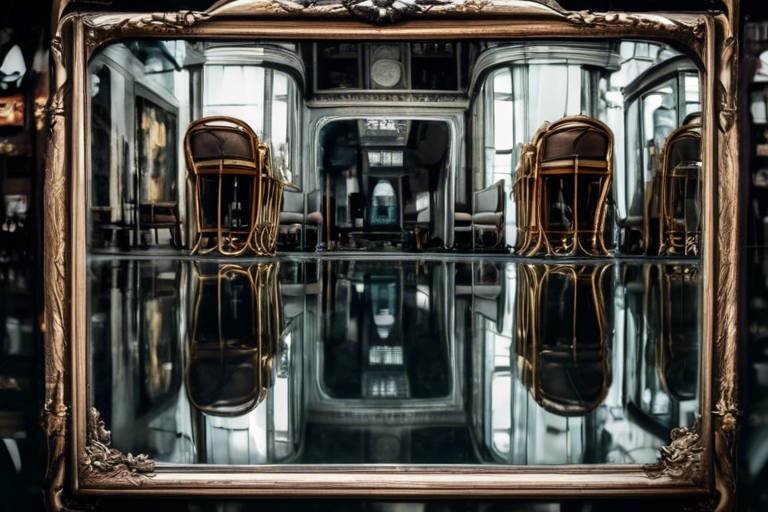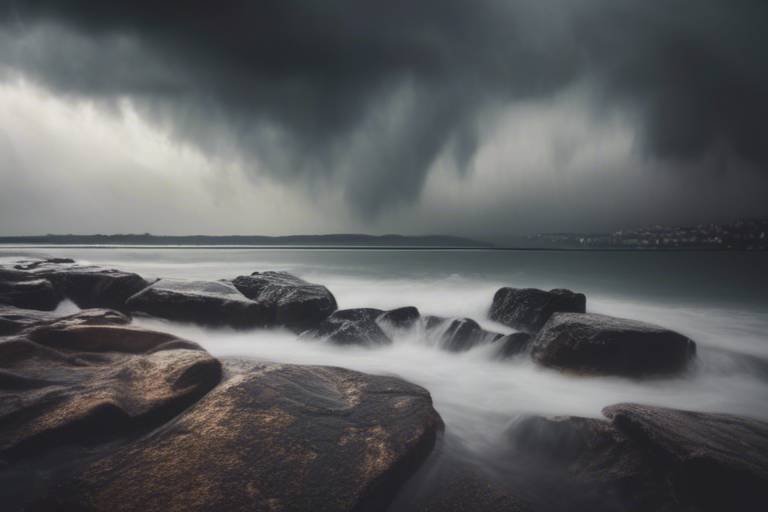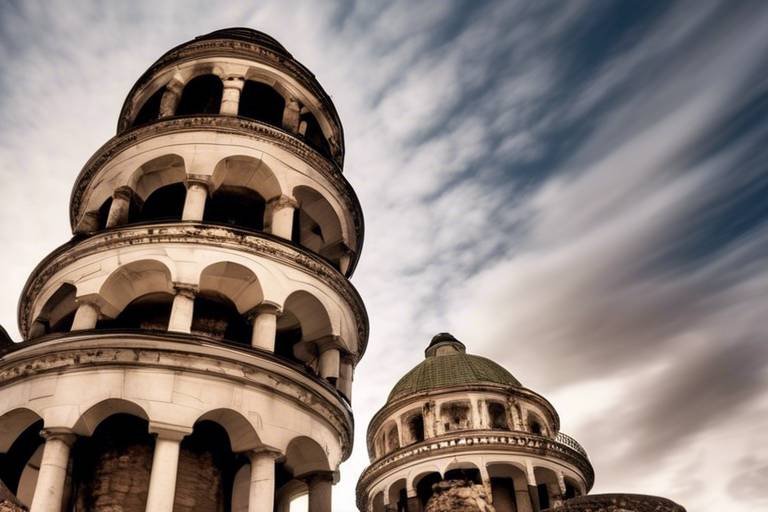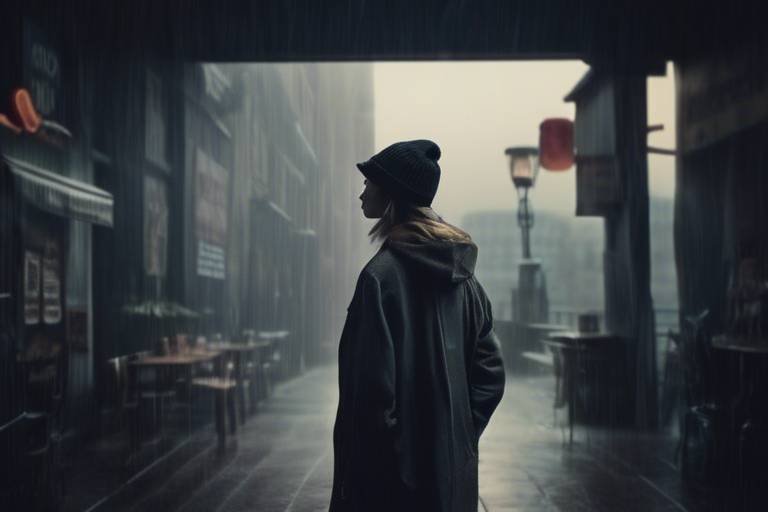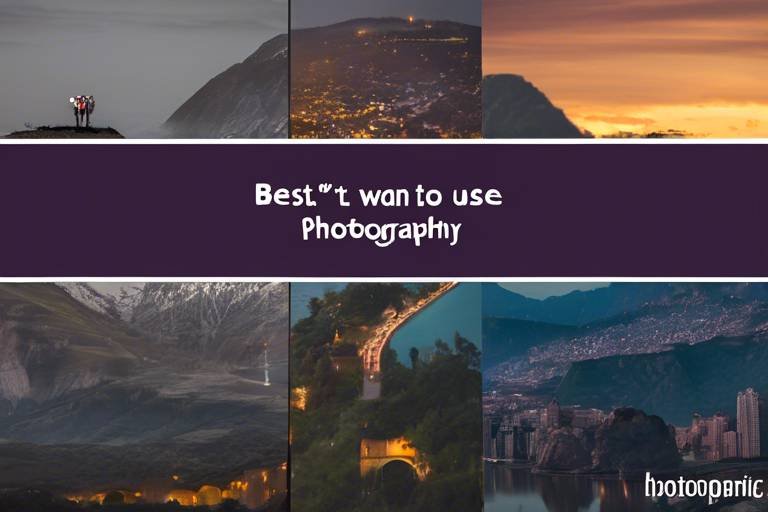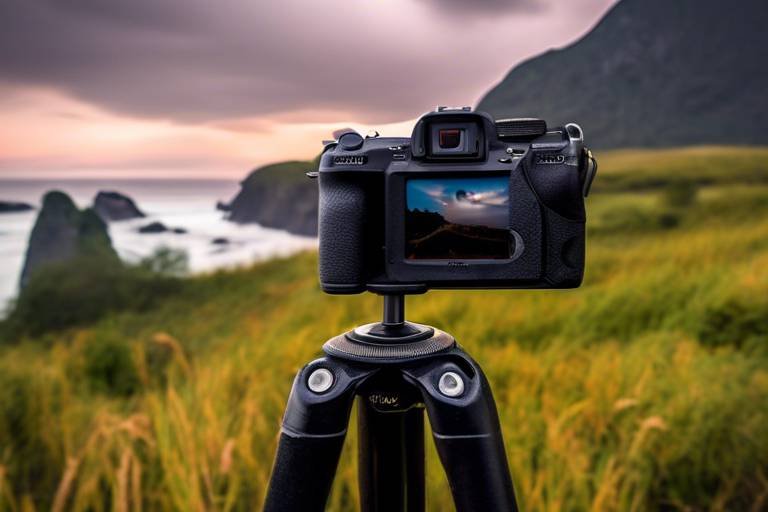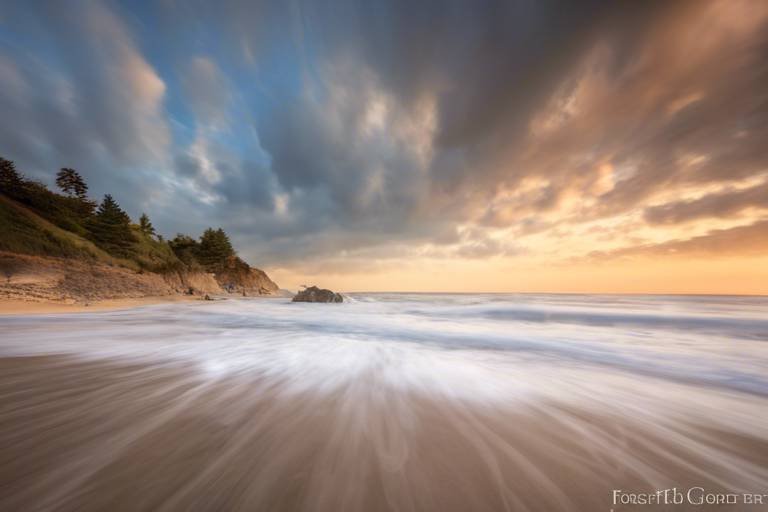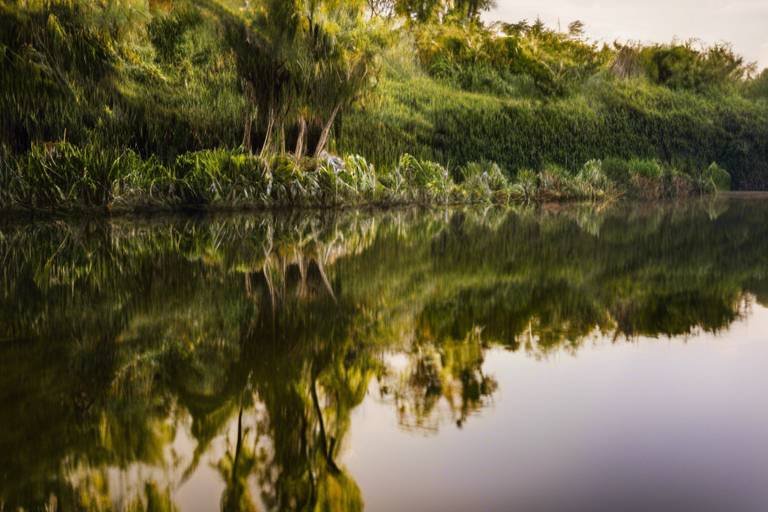How to Photograph Reflections and Mirrors While Traveling
Photographing reflections and mirrors while traveling can add a whole new dimension to your photography. It allows you to capture unique and captivating images that play with light, angles, and the environment around you. By understanding the techniques and tips for shooting reflections, you can create stunning visual stories that will leave a lasting impression on your viewers.
When it comes to choosing the right location for capturing reflections, look for scenic spots with reflective surfaces such as calm lakes, glass buildings, or even puddles after rain. These locations provide the perfect canvas for creating mesmerizing mirror images that reflect the beauty of the surroundings.
Light plays a crucial role in enhancing reflections and mirror effects in your photographs. Experiment with natural light during different times of the day to see how it interacts with the reflective surfaces. Additionally, you can use artificial light sources like flashlights or street lights to create dramatic lighting effects in your shots.
Playing with shadows can add an element of mystery and intrigue to your reflection photos. By incorporating shadows into your composition, you can create interesting contrasts and patterns that enhance the overall visual appeal of the image.
Don't be afraid to experiment with reflections by trying out different angles and perspectives. Move around the reflective surface to find the most captivating reflection and frame your shot accordingly. Sometimes, shooting from a low angle or tilting your camera can result in unique and eye-catching reflections.
Adding props and people to your reflection photos can bring depth and interest to the composition. Objects like flowers, umbrellas, or even a person walking by can add a storytelling element to your images, making them more engaging for the viewer.
For those looking to create surreal and artistic images, consider manipulating mirrors and reflections to produce dreamlike visuals. Play around with distortion and abstraction to create a sense of fantasy and imagination in your photographs.
Post-processing techniques can further enhance and refine your reflection and mirror photographs. Use editing tools like Adobe Photoshop or Lightroom to adjust the colors, contrast, and sharpness of your images, bringing out the best in your reflection shots.
Once you have captured and edited your reflection photos, it's time to showcase your work to the world. Share your images on social media platforms like Instagram or photography websites to get feedback and recognition for your creative endeavors. Engage with other photographers and enthusiasts to learn and grow as a reflection photography artist.
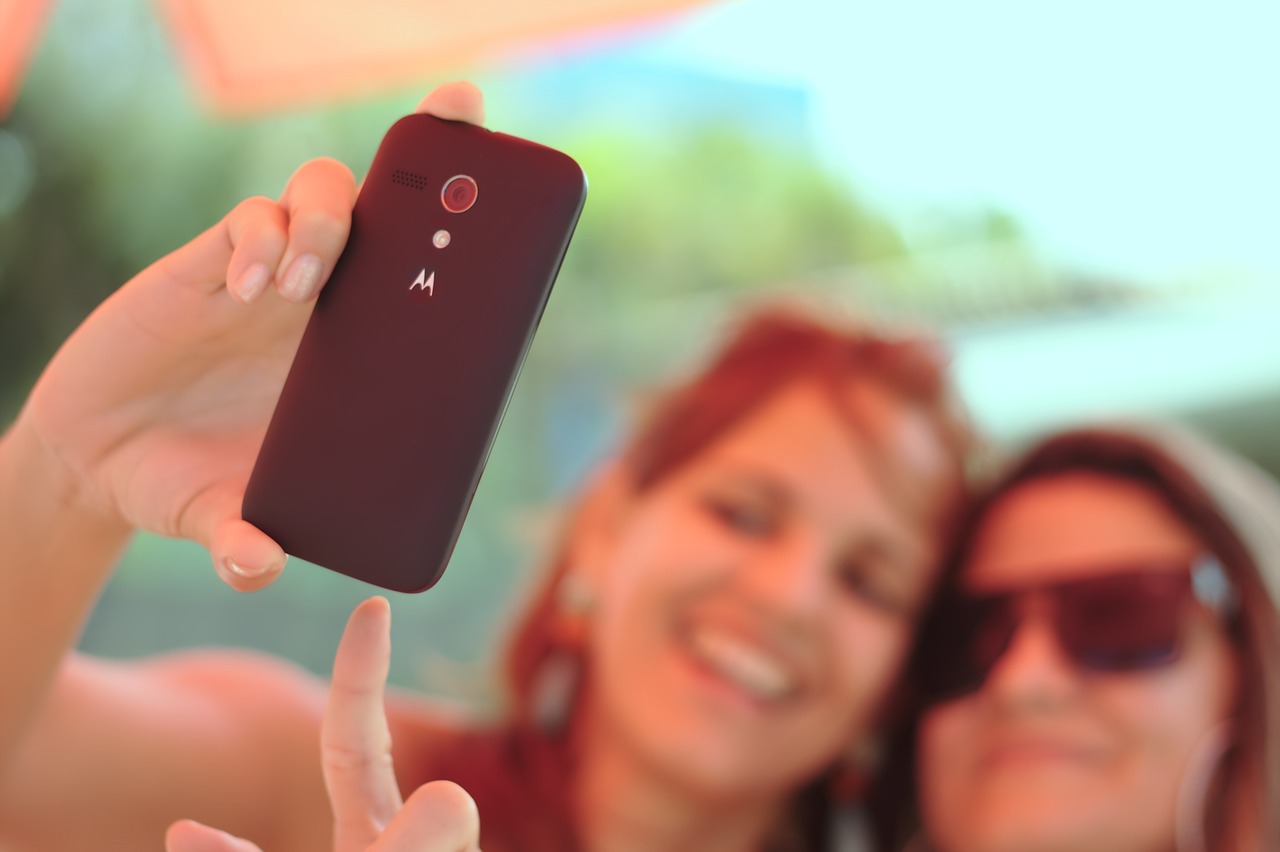
Choosing the Right Location
When it comes to capturing stunning reflections and mirror images during your travels, one of the key factors that can make or break your photos is choosing the right location. The location you select will determine the overall aesthetic and impact of your photographs. To ensure you get the best results, consider the following tips and techniques.
First and foremost, look for scenic spots that offer reflective surfaces such as calm lakes, rivers, or even urban environments with glass skyscrapers. These locations can provide captivating opportunities for mirror-like reflections that add depth and interest to your images. Remember, the more interesting and unique the reflective surface, the more engaging your photos will be.
Additionally, consider the time of day when planning your photography session. The quality and direction of light play a crucial role in enhancing reflections and mirror effects. Early mornings and late afternoons are ideal for capturing warm, soft light that can create a magical glow on reflective surfaces. Experiment with different angles to see how the light interacts with the scene and adjust your position accordingly to achieve the desired effect.
Moreover, think about the surrounding elements in the location that can complement the reflections in your photos. Incorporating natural elements like trees, mountains, or buildings can frame the reflection and add context to the image. By including these elements strategically, you can create a visually appealing composition that tells a story and evokes emotions in the viewer.
Remember, the key to choosing the right location for photographing reflections and mirrors is to think creatively and experiment with different settings. Don't be afraid to explore unconventional places or viewpoints to discover hidden gems that can elevate your photography to the next level.
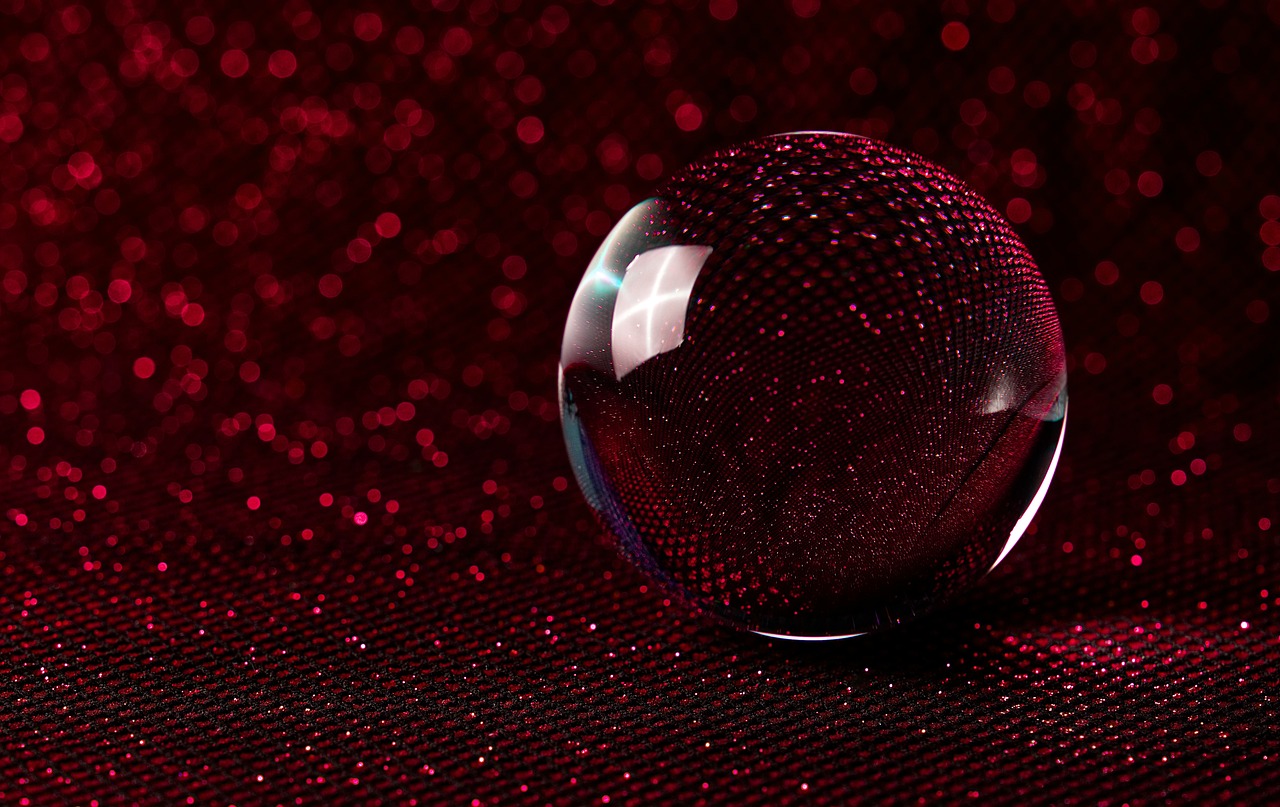
Understanding Light and Angles
Tips and techniques for capturing stunning reflections and mirror images during your travels.
When it comes to capturing mesmerizing reflections and mirror images, understanding how light interacts with angles is crucial. Light plays a significant role in enhancing the beauty of reflections, whether it's natural sunlight bouncing off a tranquil lake or artificial light creating captivating effects in an urban setting. By mastering the interplay of light and angles, you can elevate your photography to a whole new level.
Experimenting with different angles can completely transform a mundane reflection into a work of art. Consider how the angle of incidence affects the angle of reflection, leading to varying degrees of brightness and clarity in your photos. Sometimes, a slight adjustment in your position can make a world of difference in the final outcome of your shot.
Moreover, the quality of light can dramatically impact the mood and atmosphere of your reflection photographs. Soft, diffused light can create a dreamy and ethereal effect, while harsh light can produce stark contrasts and dynamic shadows. By being mindful of the direction and intensity of light, you can craft compositions that evoke different emotions and narratives.
Incorporating shadows into your reflection photography can add an extra layer of visual interest and depth. Shadows can create intriguing patterns and textures that interact with the reflective surfaces, enhancing the overall composition of your images. By strategically positioning light sources and objects, you can manipulate shadows to create compelling visual narratives that draw the viewer's eye.
Don't be afraid to explore unconventional angles and perspectives when capturing reflections. Sometimes, the most captivating images are born from experimenting with different vantage points and compositions. Whether it's shooting from a low angle to capture a mirror image on the water's surface or tilting your camera to create a distorted reflection, embracing creativity and spontaneity can lead to remarkable results.
Adding props or incorporating people into your reflection photography can inject a sense of narrative and context into your images. By introducing elements that interact with the reflective surfaces, you can create dynamic compositions that tell a story or evoke emotions. Whether it's a lone figure gazing into a mirror or a strategically placed object reflecting intriguing patterns, the possibilities are endless.
Pushing the boundaries of conventional photography, you can experiment with manipulating mirrors and reflections to create surreal and fantastical images. By distorting reality through creative use of reflections, you can transport viewers into a whimsical and otherworldly realm. Play with symmetry, inversion, and distortion to craft artistic visuals that challenge perceptions and ignite imagination.
After capturing your reflection and mirror images, post-processing techniques can further enhance and refine your photographs. From adjusting contrast and saturation to applying creative filters and effects, editing tools allow you to fine-tune your images to achieve your desired aesthetic. Explore different editing software and techniques to unleash the full potential of your reflection photography.
Once you have perfected your reflection photography, it's time to showcase your work to the world. Utilize social media platforms, photography websites, and online galleries to share your images with a wider audience. Engage with fellow photographers, receive feedback, and gain inspiration from the vibrant photography community. Remember, sharing your passion for reflection photography can spark creativity and connection with like-minded individuals.
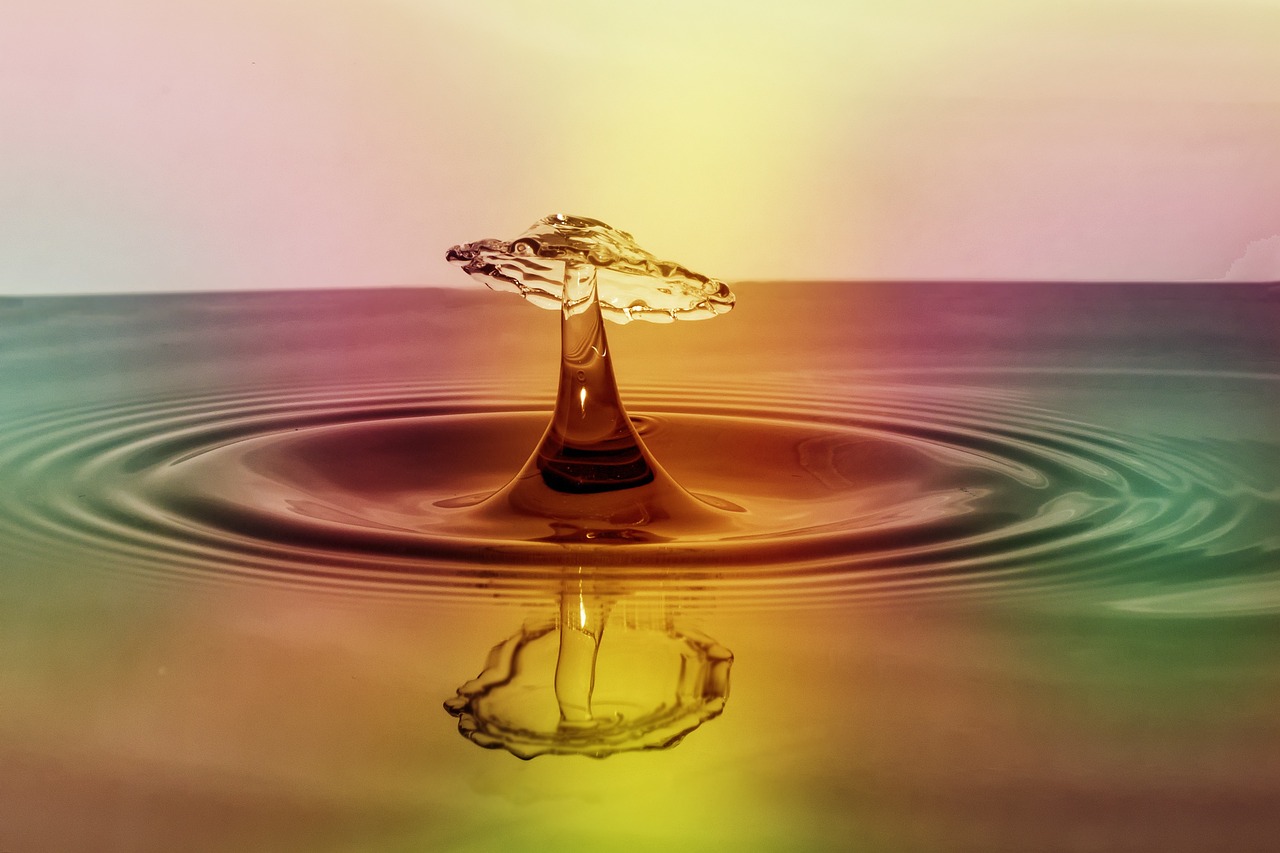
Playing with Shadows
When it comes to photography, shadows can be your best friend. They add depth, drama, and intrigue to your images, creating captivating contrasts that draw the viewer in. By playing with shadows, you can elevate your reflection and mirror photographs to a whole new level of artistry.
Imagine a serene lake reflecting the golden hues of a sunset, with the silhouette of a lone tree casting a striking shadow across the water. The interplay of light and dark creates a mesmerizing scene that tells a story and evokes emotions in the viewer. Shadows can transform a simple reflection into a work of art, adding complexity and mystery to your photos.
One technique to consider when playing with shadows is to use them to create patterns and textures in your images. Positioning objects strategically to cast interesting shadows can result in visually stunning compositions that command attention. Experiment with different angles and light sources to see how shadows interact with reflective surfaces, unveiling new perspectives and visual dynamics.
Moreover, shadows can be employed to frame your reflections, drawing the viewer's gaze to the focal point of your photograph. By strategically placing shadows around the reflective surface, you can guide the viewer's eye and enhance the overall composition of your image. Shadows act as natural borders, highlighting the beauty of the reflection and adding a sense of depth to the photo.
Remember, shadows are not just absence of light; they are powerful elements that can transform an ordinary scene into a captivating visual narrative. Embrace the shadows in your reflection photography, and watch as they elevate your images from mere snapshots to compelling works of art.

Experimenting with Reflections
When it comes to capturing stunning reflection images while traveling, experimenting with reflections is a key technique that can take your photography to the next level. By trying different angles and perspectives, you can discover unique ways to incorporate reflections into your photos, creating visually captivating images that stand out.
Imagine standing by a shimmering lake, watching the reflection of the surrounding mountains dance on the water's surface. By experimenting with reflections in this setting, you can play with the distortion caused by ripples or capture a perfectly mirrored image on a calm day.
One effective way to experiment with reflections is to change your vantage point. Try getting low to the ground to capture a reflection from a different angle, or position yourself higher up to include both the reflected scene and its source in the frame. This experimentation can lead to creative compositions that highlight the beauty of reflections.
Additionally, playing with light can dramatically alter the way reflections appear in your photos. By adjusting the angle of light hitting the reflective surface, you can create dynamic patterns and textures that add depth to your images. Experimenting with backlighting or sidelighting can enhance the contrast between the reflection and its surroundings, resulting in striking visual impact.
Another aspect to consider when experimenting with reflections is the use of props or people in your compositions. Introducing objects or individuals into the reflective scene can add a sense of scale and context, making the image more engaging for viewers. By strategically placing props or people, you can create storytelling elements within the reflection, adding layers of interest to your photographs.
Experimenting with reflections is all about pushing the boundaries of traditional photography and exploring the creative possibilities that reflections offer. Whether you're capturing reflections in urban environments, natural landscapes, or architectural settings, embracing experimentation can lead to discovering new perspectives and unique visual narratives in your photography.
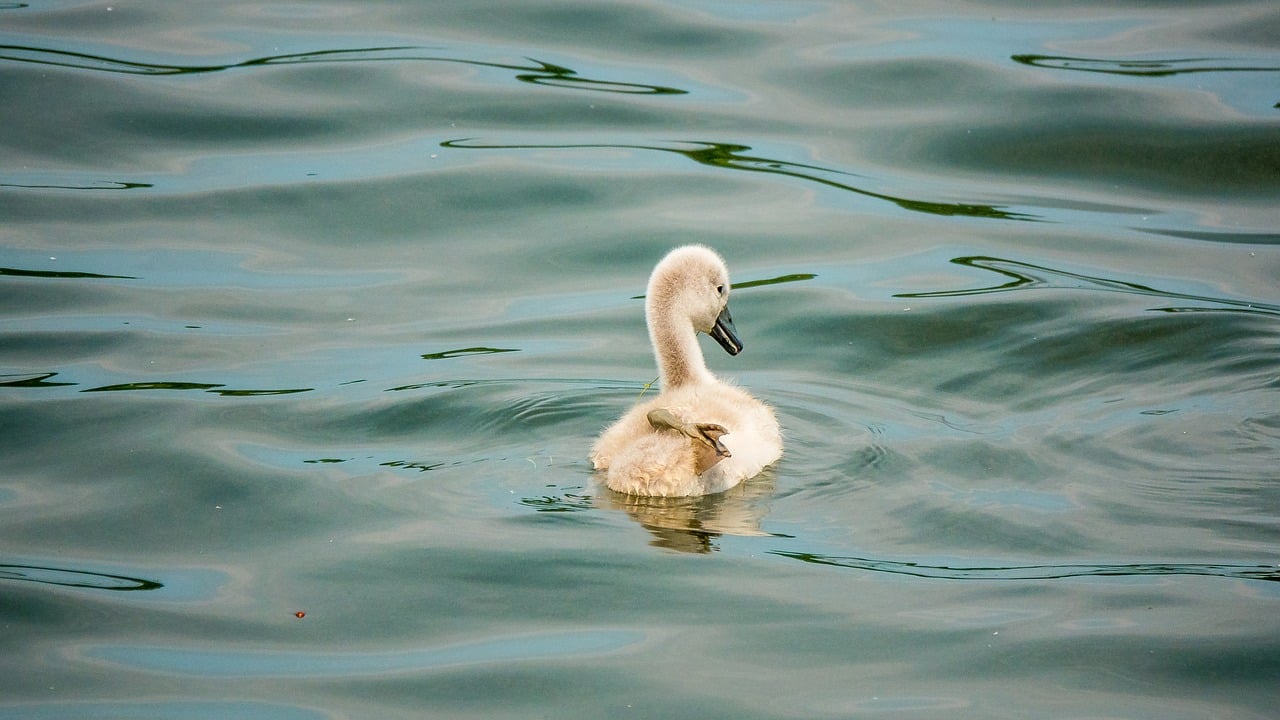
Using Props and People
When it comes to taking captivating reflection and mirror images during your travels, incorporating props and people into your photographs can truly elevate the visual impact. By strategically placing objects or individuals within the frame, you can add depth, context, and a sense of scale to your reflection photos.
Imagine capturing the reflection of a bustling cityscape in a mirror held by a street performer, or the silhouette of a person walking by a reflective lake at sunset. These elements not only enhance the composition of your images but also provide a narrative that engages viewers and sparks their imagination.
Moreover, props such as colorful umbrellas, vintage mirrors, or even simple glass spheres can introduce interesting textures, colors, and shapes into your reflection photography. They can create visual interest and serve as focal points that draw the eye into the scene, making your images more dynamic and memorable.
By incorporating props and people into your reflection shots, you have the opportunity to tell a story, evoke emotions, and create visually striking compositions that stand out. Experiment with different elements, experiment with different placements, and let your creativity flow to capture unique and compelling reflection images that leave a lasting impression on your audience.
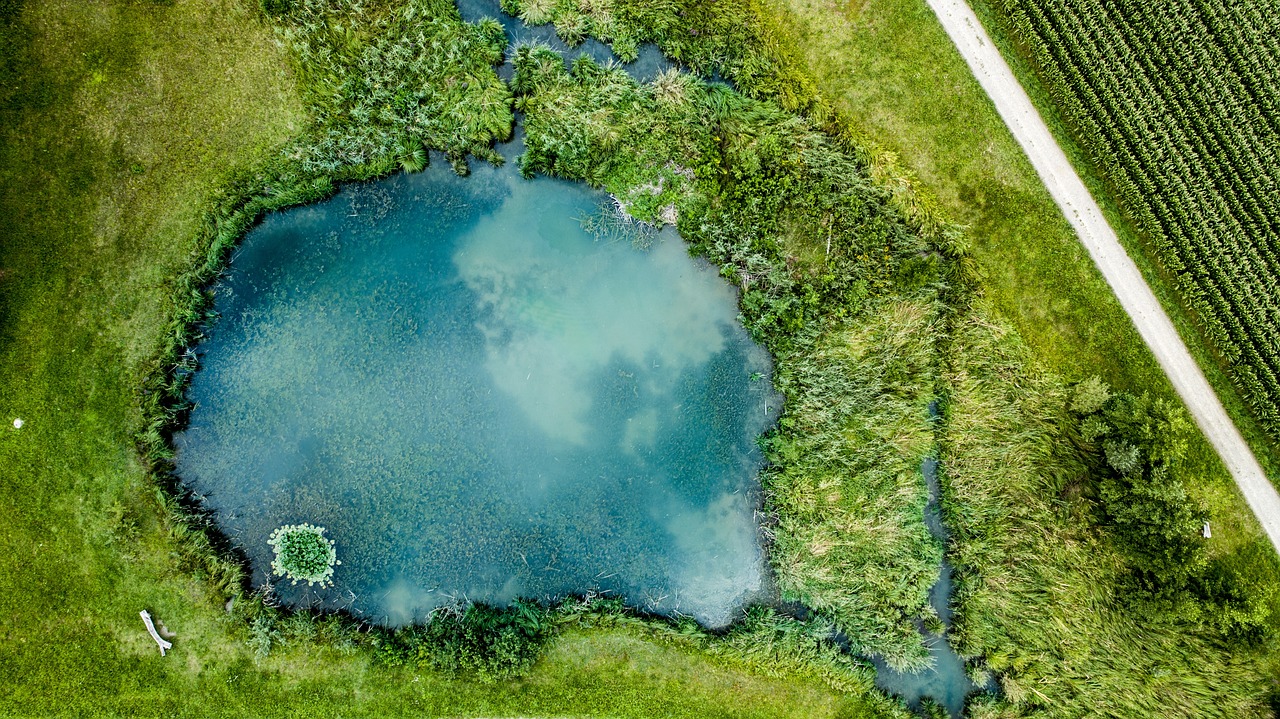
Creating Surreal Images
When it comes to photography, creating surreal images using mirrors and reflections can open up a whole new world of artistic possibilities. By manipulating the way light interacts with reflective surfaces, photographers can produce mesmerizing and dreamlike visuals that challenge the viewer's perception of reality.
One technique for creating surreal images is to experiment with angles and perspectives. By capturing reflections from unusual vantage points, you can distort reality and create images that appear almost otherworldly. Playing with the placement of mirrors and objects can also add an element of surprise and mystery to your photographs, inviting viewers to question what they are seeing.
Another approach to creating surreal images is to incorporate props and people into your reflection shots. By strategically placing objects or individuals within the frame, you can add depth and context to the reflection, transforming a simple mirror image into a complex and thought-provoking composition. This technique allows you to tell a story through your photographs, engaging viewers on a deeper level.
Furthermore, post-processing techniques play a crucial role in enhancing the surreal quality of reflection images. By using editing tools to adjust colors, contrast, and saturation, photographers can amplify the dreamlike atmosphere of their photos. Adding digital effects or filters can further elevate the surreal elements of the image, creating a truly unique and captivating visual experience.
In conclusion, creating surreal images through mirrors and reflections requires a combination of creativity, technical skill, and imagination. By pushing the boundaries of traditional photography and embracing the unexpected, photographers can capture moments that transcend reality and transport viewers to a world of magic and wonder.
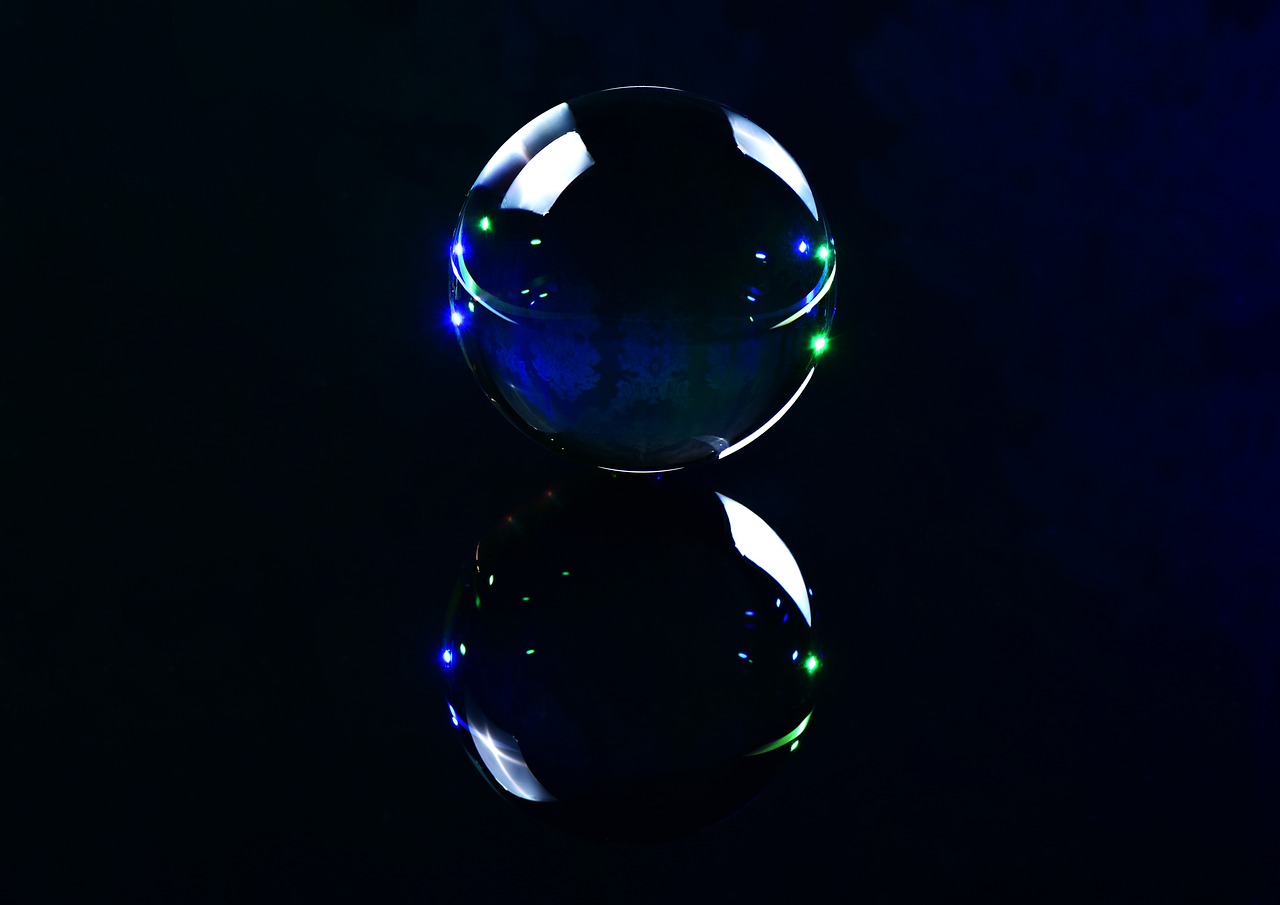
Post-Processing Techniques
Tips and techniques for capturing stunning reflections and mirror images during your travels.
Selecting scenic spots with reflective surfaces for captivating shots.
Utilizing natural and artificial light to enhance reflections and mirror effects.
Creating interesting contrasts and patterns using shadows in your photographs.
Trying different angles and perspectives to capture unique reflections in your images.
Incorporating objects and individuals to add depth and interest to your reflection photos.
Manipulating mirrors and reflections to produce artistic and dreamlike visuals.
After capturing your reflection and mirror images, post-processing techniques can further enhance and refine the visual impact of your photographs. Utilizing editing tools such as Adobe Photoshop or Lightroom, you can adjust the brightness, contrast, and colors of your images to make the reflections pop. Additionally, experimenting with filters and effects can add a creative touch to your reflection photography, transforming ordinary shots into extraordinary pieces of art.
Tips for showcasing your reflection photography on social media and photography platforms.
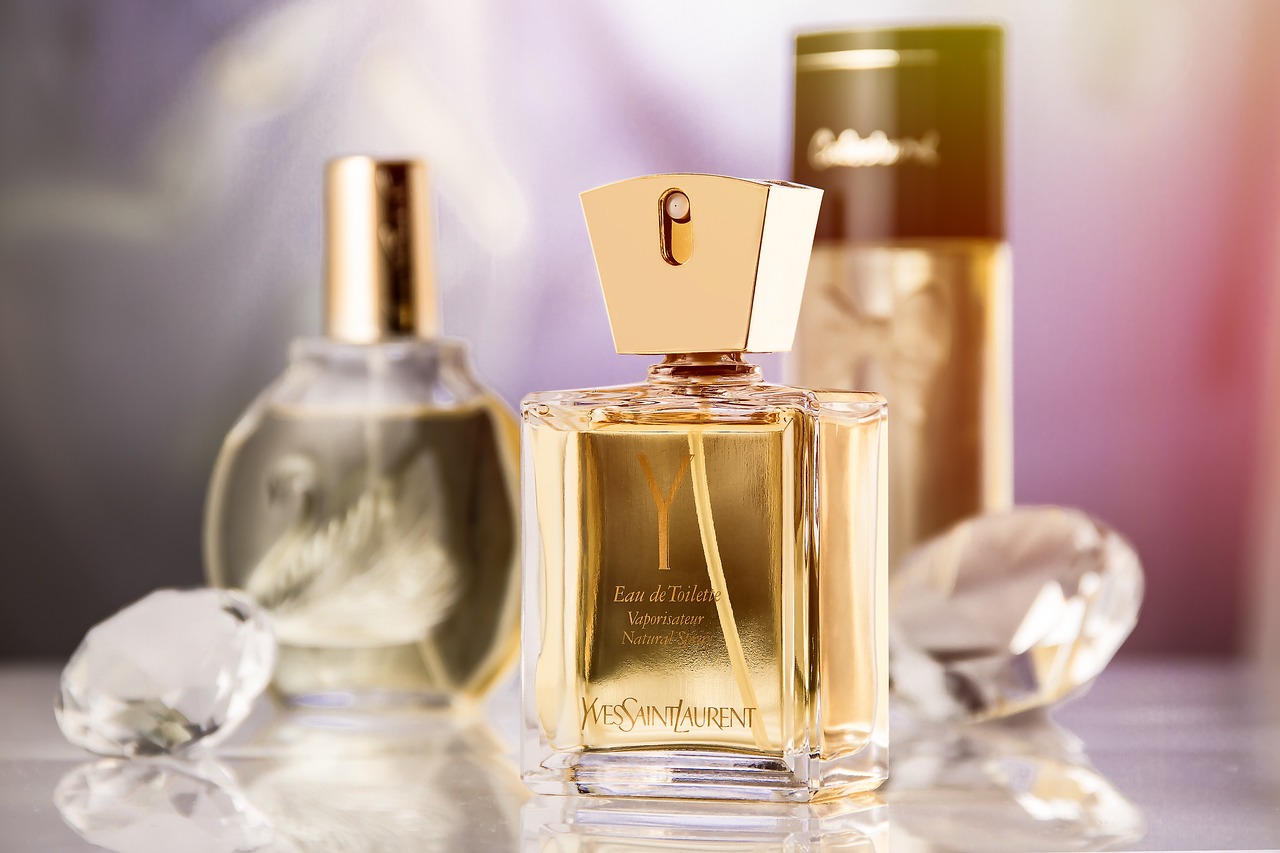
Sharing Your Work
Sharing your work is a crucial aspect of showcasing your reflection photography to a wider audience. Social media platforms offer a great opportunity to display your stunning images and connect with fellow photography enthusiasts. Utilizing platforms like Instagram, Facebook, and Flickr allows you to reach a global audience and receive valuable feedback on your work. Additionally, joining photography communities and forums can provide you with a supportive network of like-minded individuals who appreciate and critique your reflections and mirror images.
When sharing your reflection photography online, it's essential to curate your portfolio effectively. Create a cohesive theme or style that reflects your unique vision as a photographer. Consistency in your posts helps establish your brand and attract followers who appreciate your particular aesthetic. Engage with your audience by responding to comments, participating in photography challenges, and collaborating with other artists to expand your reach and inspire creativity.
Consider creating a photography blog or website to showcase your reflection images in a more personalized and professional manner. Having a dedicated online platform allows you to present your work in high resolution, share behind-the-scenes stories, and sell prints or digital downloads to interested buyers. Building an online presence through your website can also lead to potential collaborations with brands, galleries, or publications seeking captivating reflection photography for their projects.
Frequently Asked Questions
- How can I improve my reflection photography skills?
To enhance your reflection photography skills, consider experimenting with different angles, lighting conditions, and reflective surfaces. Practice playing with shadows to create dynamic compositions and incorporate props or people to add interest to your photos. Additionally, post-processing techniques can help refine and enhance your reflection images.
- What are some tips for capturing unique mirror images?
When photographing mirrors, try manipulating the reflections to create surreal and artistic visuals. Experiment with the placement of mirrors and objects to achieve interesting compositions. Utilize post-processing tools to further enhance the mirror effects in your photographs.
- How do I choose the right location for reflection photography?
Select scenic spots with reflective surfaces such as lakes, rivers, or glass buildings for captivating reflection shots. Consider the direction of light and the surrounding environment to maximize the impact of reflections in your photographs.

